Californios in the Mission District was opened by Texan chef Val Cantu, who aims to apply modern of cooking techniques to Mexican food, and roots his cooking in Californian produce. The restaurant name is a term for a Hispanic person native of California. Mr Cantu worked at Pujol in Mexico City, Uchi in Austin, and Sons & Daughters in San Francisco before trying out his ideas for modern Mexican food in two years of pop-ups in the city prior to opening here in January 2015. At Californios you will find a tasting menu format only, tonight stretching over twenty or so courses. Michelin granted the restaurant two stars in the 2018 Guide, which it retained the following year.
The restaurant itself has no obvious name over the door, just the street number. Inside is a room with dark walls but good lighting, an open kitchen with counter seats as well as just over half a dozen tables. The dining room can seat 26 people at one time, and there were eight chefs working at this shift, so this is quite a labour intensive venture. There was a display of assorted types of corn used in the cooking, these being supplied from a farm in Santa Rosa, California. The restaurant operates a pre-pay policy, with the menu priced at $257 including service, plus of course any drinks that you order on the night. Music plays but at a pleasantly low volume, tonight with a playlist ranging from The Communards to Tears for Fears and The Talking Heads.
There was a substantial wine list with some excellent growers and a few real rarities such as the trio of reds from Clos Rougeard, which are hard to find these days. Sample labels were Bernard Baudry Chinon Les Granges 2016 at $58 for a bottle that you can find in the high street for $29, the gorgeous J.J. Prum Spatlese Graacher Himmelreich 2009 at a very fair $78 compared to its retail price of $58, and the lovely Rioja Alta 904 Gran Reserva 2009 at $164 for a bottle that will set you back $75 in a shop. At the posh end of the list, Clos Rougeard Le Bourg 2013 was a genuine bargain at $420 considering that its retail price is now $573 if you could actually find it, and there were plenty of other high end options such as Opus One 2010 at $950 for a wine whose current value is $525. For those of us used to London level markups it was nice to see generally tolerable markups, and a list featuring particularly well chosen growers.
A trio of canapés started the meal. Black barley was made into a vegetarian version of chicharron, which is usually fried pork skin. These crisps were served with smoked Liwa goat cheese from Tomales Farmstead Creamery in nearby Marin County, along with a fermented habanero pepper salsa. The barley crisps were delicate and the spice of the salsa, which was quite restrained given how hot these peppers can be, worked nicely with the richness of the goat cheese (16/20). A small cylindrical taco was made from Peruvian purple masa (corn flour made by soaking corn kernels in lime and then ground into flour), containing a filling of smoked Mount Lassen trout from Northern California mixed with flame-roasted carrot, dill and creme fraiche. This was also enjoyable, the dill a nice combination with the trout (15/20). Taro root croquette was filled with a string cheese called Queso Oaxaca and rested on a base of mole rojo, a rich sauce from Oaxaca made with cooked chilli peppers, chicken stock, garlic and chocolate and more usually served with pork. Taro root is hard to get excited about, having a fairly bland flavour, but the sauce was lively and interesting and lifted the dish (15/20).
Next was a yuca shell filled with whipped avocado mousse, pine nuts and lime and finished with a Serrano ham glaze, the shell then filled with sea urchin from Hokkaido in northern Japan. The shell was delicate and the avocado mousse combined very well with the brininess of the high quality sea urchin (17/20). This was followed by chilapita, a dish from the Guerrero region of Mexico on the Pacific coast involving chilli and melted cheese. The version here involved Dungeness crab and radishes in the colours of the Mexican flag attractively layered and garnished with coriander, topped with golden oscietra caviar from a farm in Israel. The contrast of the earthy flavour of the radishes with the delicate crab and the briny caviar was an effective one (16/20).
The next dish was sope, a kind of thick tortilla sandwich from central Mexico also known as picadita. This had charred tomatillo folded in with Oaxaca green masa, along with a broccoli salsa and smoked trout roe, and a garnish of preserved Meyer lemon and forget-me-not flowers. This had a starchy texture and for me was a touch bland, though the trout roe flavour came through well (15/20).
This was followed by a trio of dishes served with a selection of condiments. There was pickled fermented okra, slices of lime, pickled onions and also an excellent salsa verde. The first of the trio was black cod tacos, using wild line-caught local fish cooked in batter with Baja sauce, a creamy, spicy mayonnaise sauce traditionally served with fish or shrimp tacos. The dish was completed with chicories (endive) and key limes. This was a classy version of the classic fish tacos, the fish having excellent flavour and the Baja sauce carefully balanced (17/20). Next was a triangular “tetela”, a sort of quesadilla made from Hickory King masa, a variety of corn noted for its very large kernels. This was filled with wild mushrooms, mushroom mole and fermented radishes, which worked nicely together (16/20). Then came a tortilla made from red corn variety called Magic Manna, topped with A5 grade ribeye beef from Kagoshima, along with fermented spring onion, horseradish crema and wild pea shoots. The very tender beef was complemented nicely by the gentle bite of the horseradish and the vinegar from the fermented onion (17/20).
At this stage there was a break in the savoury courses, signalled by a cactus pear sorbet with rhubarb and shiso with shiso oil. For me the shiso flavour was rather dominant here, though the texture of the sorbet was fine (14/20). The tasting menu resumed with a signature dish of the restaurant, tres frijoles (three beans). There was a mousse made with Royal Corona beans from Rancho Gordo, as well as a paste made from Moro beans, ancho chilli and raisins, along with dried cranberry beans, on a base of pickled shallots. To add a luxurious touch there was a garnish of caviar, this one from a farm in Sacramento. This was an excellent dish, the texture of the beans lovely, the mousse light and fluffy, the level of spice precisely judged. I am not even sure that it really needed the caviar. It is one thing for a chef to take a luxury ingredient like turbot or langoustine and produce a nice tasting dish, but it takes skill to elevate the humble bean to this level of flavour (18/20).
At this stage three further dishes appeared. There was “Michelada verde” (normally a cocktail), made here with green tomatoes, Modelo Especial beer and smoked creme fraiche and sea grass into a kind of granita. This had some spicy heat, which was an interesting surprise from what looked like a granita (16/20). Alongside this was ceviche of buri (amberjack), the fish flown in daily from the new fish market in Tokyo. The ceviche liquid of jalapeño and lemon balm is made in a pestle and mortar fresh for each order, and indeed was quite vibrant. The amberjack belly itself had excellent mild flavour and firm texture (17/20). The final element of the trio was a mix of green and smoked white asparagus, the white one from Loire Valley, the green asparagus from Stockton in California, along with Guajillo chilli Aguachile, essentially a spicy ceviche. The asparagus itself was good quality but I was less sure of how well this really worked with the spices (15/20).
The next dish served was seared bluenose or medai (also known as butterfish and not to be confused with madai, a type of sea bream) with a yellow mole sauce made with chilhuacle (an ancient chilli pepper that has been cultivated for over six thousand years) amarillo peppers, saffron, uchuva (a South American nightshade called physalis also known as golden berry or groundberry that resemble a small tomato) and yellow pepper curls. The fish was lovely, imported from Japan, precisely cooked and with a meaty texture and flavour that stood up well to the gentle heat of the sauce (17/20). This was served with a pleasant roll of plantain bread.
This was followed by grilled saddle of grass fed lamb from a northern Californian ranch called Emigh. This came with ramps (a wild onion that tastes rather like leek) and a thick mole blanco sauce made with almonds. The lamb had delicate flavour and the ramps complemented the meat nicely (16/20). Truffle broth was essentially a porcini mushroom broth flavoured with chilhuacle negro chilli and two different truffles (summer truffles rather than true black truffles) from Spain and Italy. The mushroom broth had real depth of flavour, and the subtle aroma from the truffles and the touch of heat from the chilli nicely intensified the flavour (17/20).
The final savoury course was 30 day aged ribeye from a retired Californian dairy cow and a large morel from Oregon, along with a garnish of garlic chives and a mushroom and chilli. The beef was tender but this particular morel was oddly crisp in texture, very different from the lovely morels that you see in Europe at this time of year. The sauce was restrained in flavour, a little too much to my taste (14/20).
There were three dessert courses. Goat cheese from Tomales Farmstead Creamery was mixed with orange blossom honey from Marshalls Farm in California along with blueberries foraged in California, the acidity of the blueberries nicely cutting through the richness of the cheese (16/20). Traditional flan was flavoured with the rare vanilla called vanilla pompona grown in Veracruz, and had excellent texture, being a simple but very well executed dessert (17/20). Apple empanada (a fried pasty) used Aztec Fuji apples from an orchard in the foothills of the Sierra Nevada, along with frozen Mexican crema with honey and fennel pollen. This was comforting, the acidity of the apple cutting through the richness of the fried coating (16/20). Coffee was from a roaster in Oakland but the beans themselves were from Wahaca, which was appropriate here, and the espresso itself was very good. There were some further petit fours to go with the coffee: a Rancho Gordo red popcorn and milk chocolate bonbon, Venezuelan dark chocolate bonbon with a liquid coconut ganache and apple wafer with fresh dulce de leche (creamy caramel).
Service was charming, the staff being attentive and friendly. I drank a bottle of the J.J. Prum plus a glass of dessert wine, attracting a bill of $189 on the night, which when you add it to the pre-paid food menu means that the cost of the whole experience came to $446 (£342), which is a lot of money. If you shared a modest bottle of wine between two then a more typical cost per person would be around $300 (£230), which is still a chunk of change. Nonetheless, I enjoyed the food and indeed the whole experience at Californios except the price tag. I thought was a lot more successful than some other modern Mexican restaurants (I’m looking at you, Cosme). A lot of thought has clearly gone into the menu, and well researched Mexican recipes and ingredients have been married to high quality imported produce such as the excellent fish from Japan.




























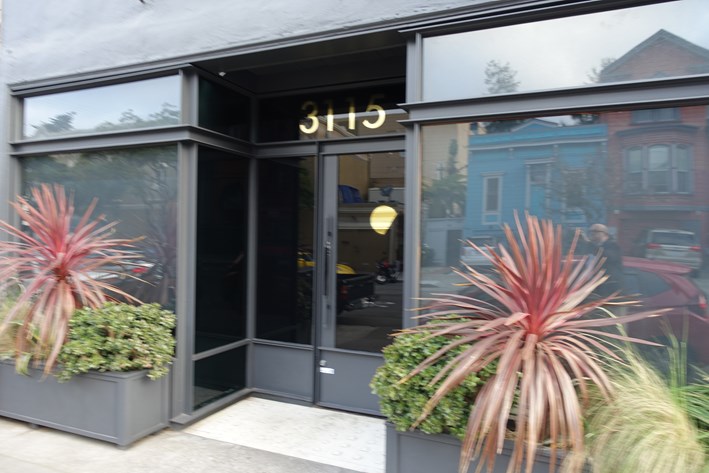


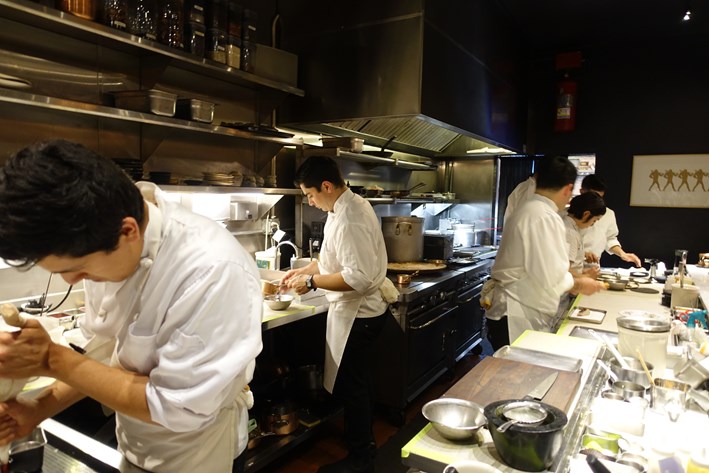
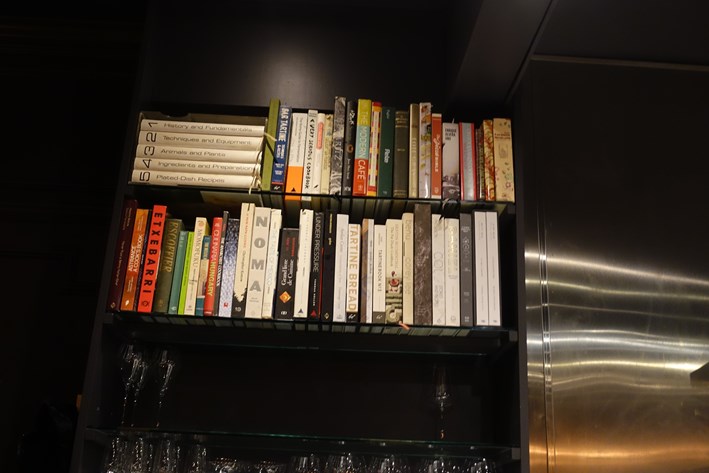
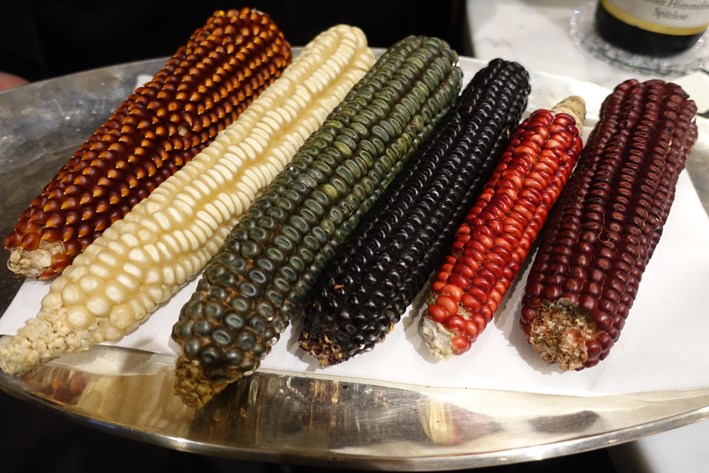
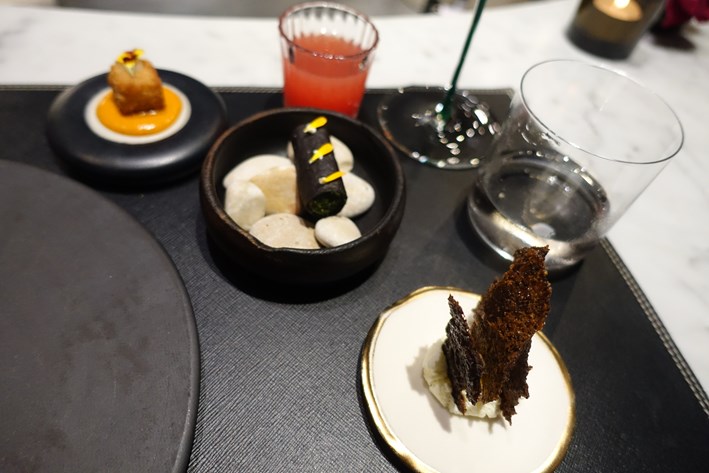

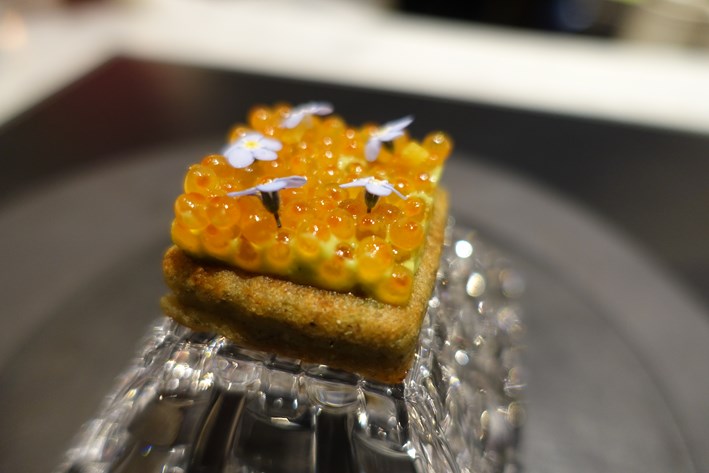
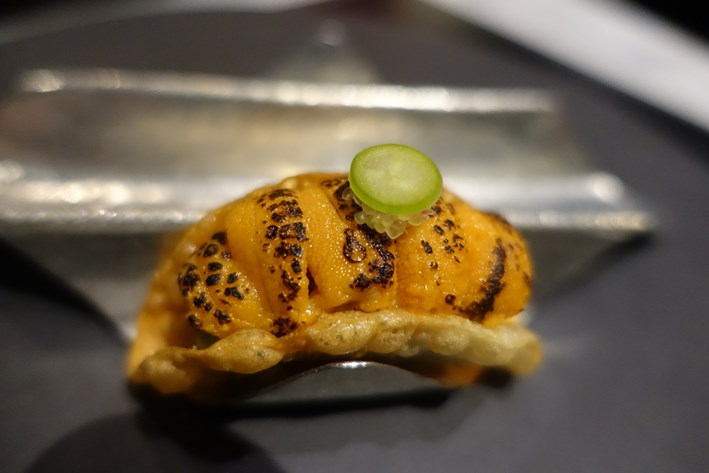
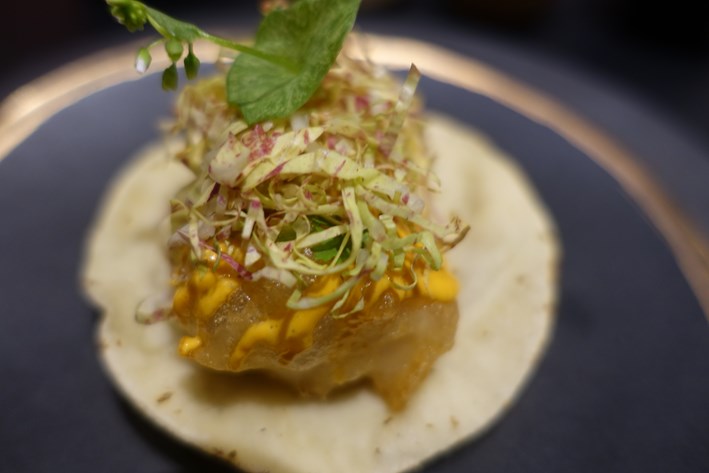
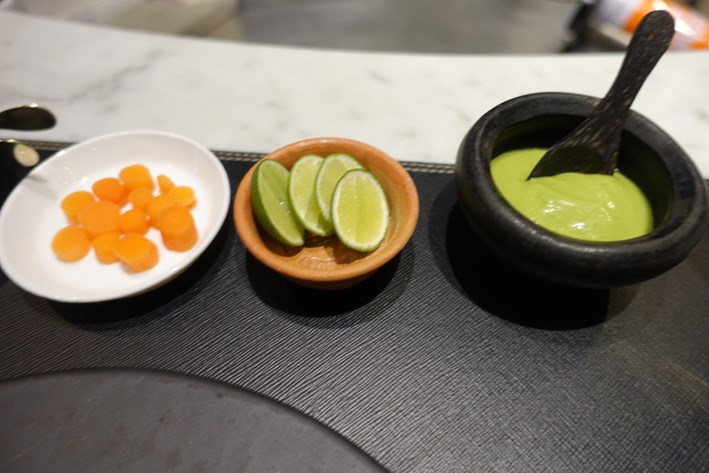
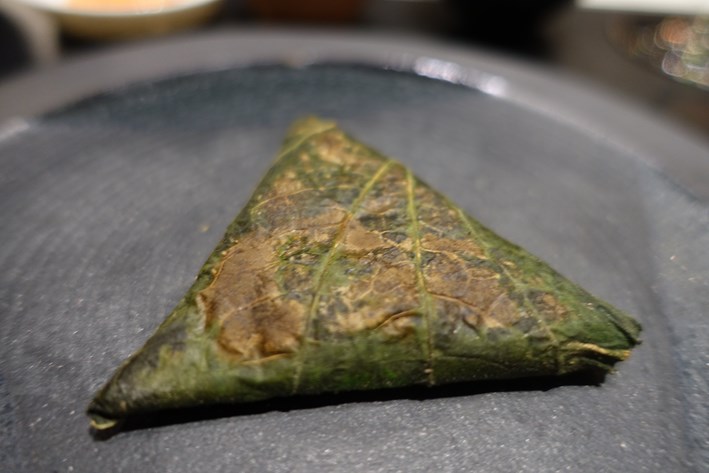
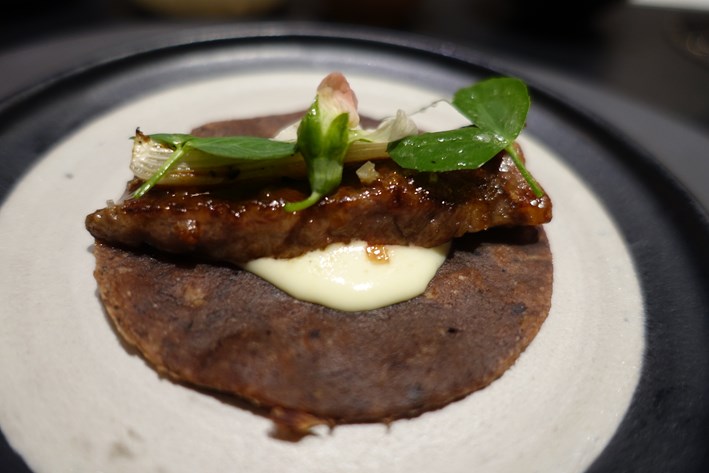
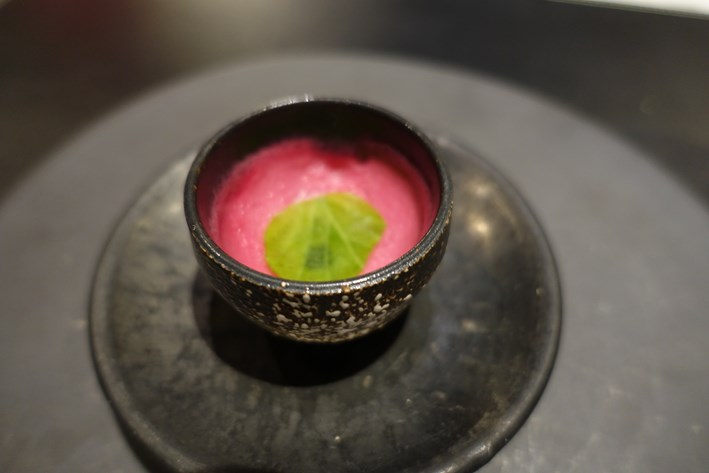
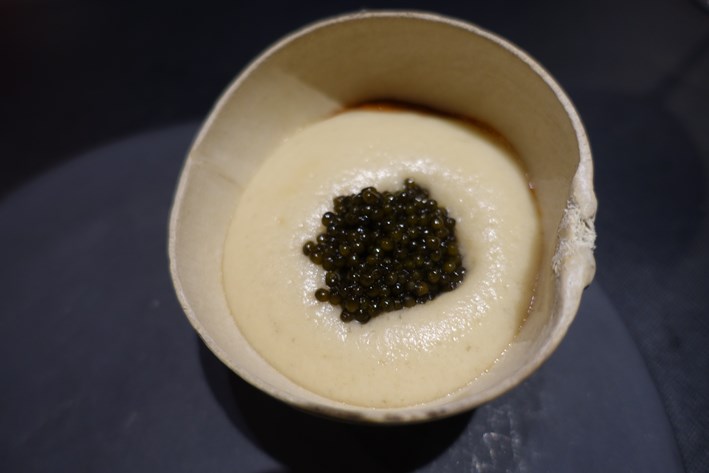

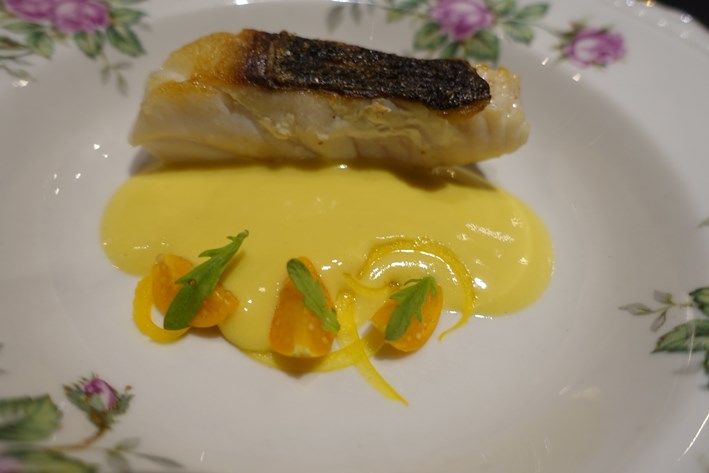
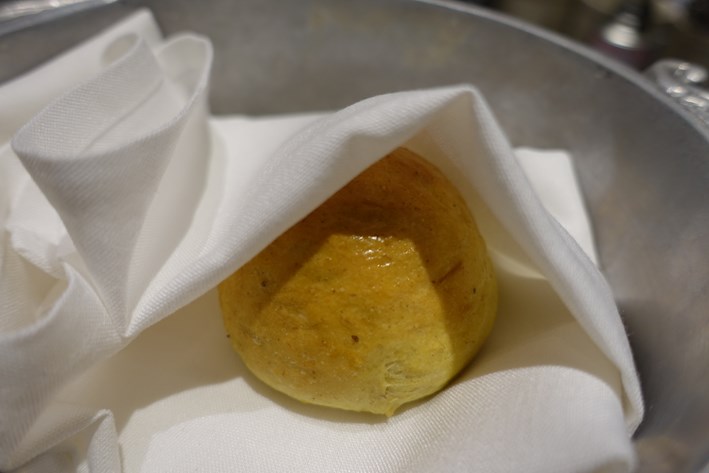
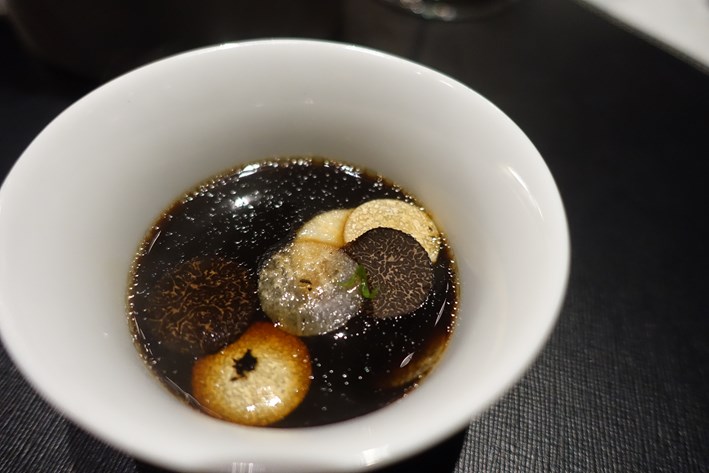
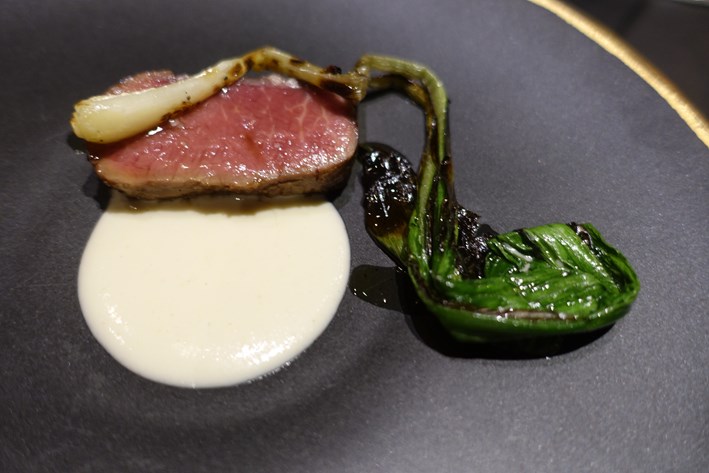
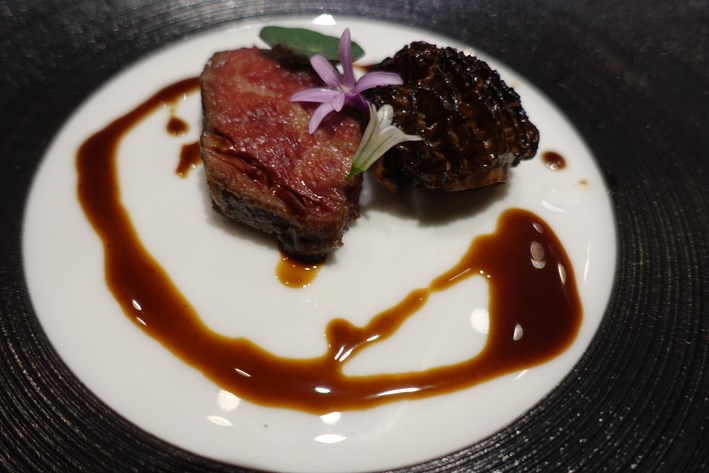
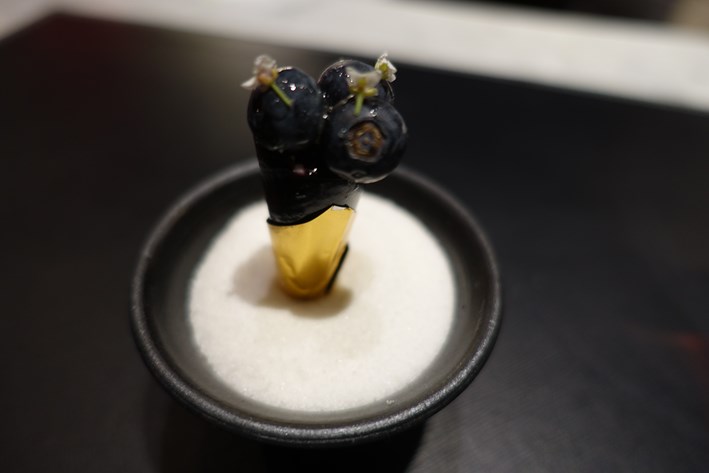
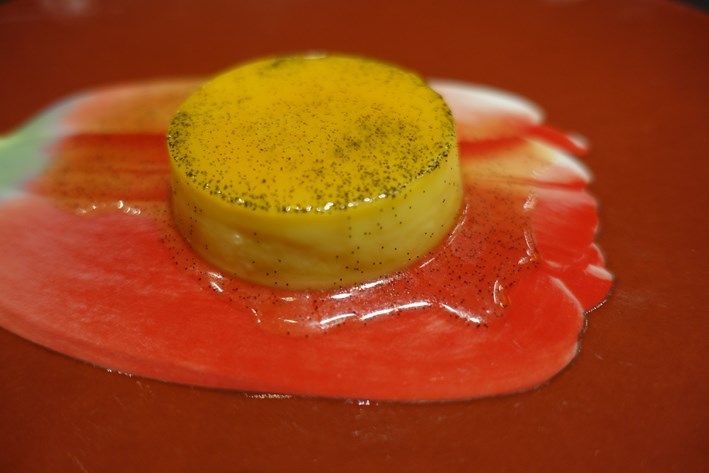
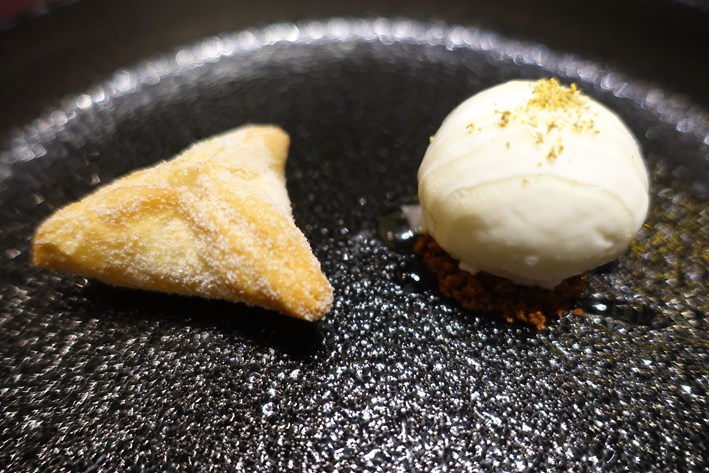

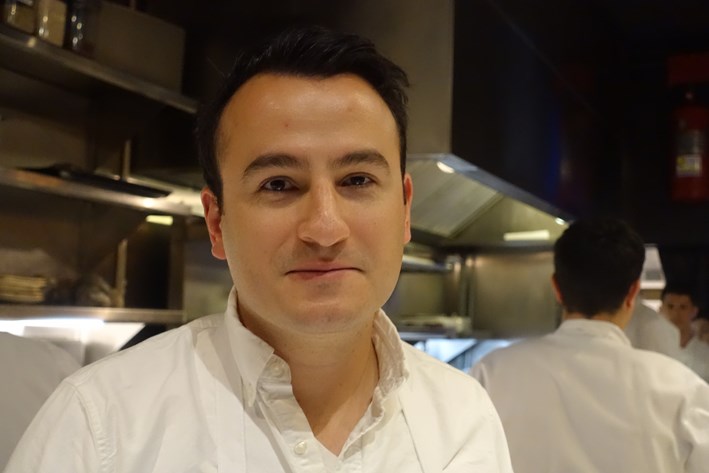

Nina Koritchneva
Thank you for such a thorough review! I am keen to try this place at the next opportunity. I know what you mean about modern Mexican, we went to Cala in SF last time which sounded great on paper but didn't deliver, especially disappointing at that price point.